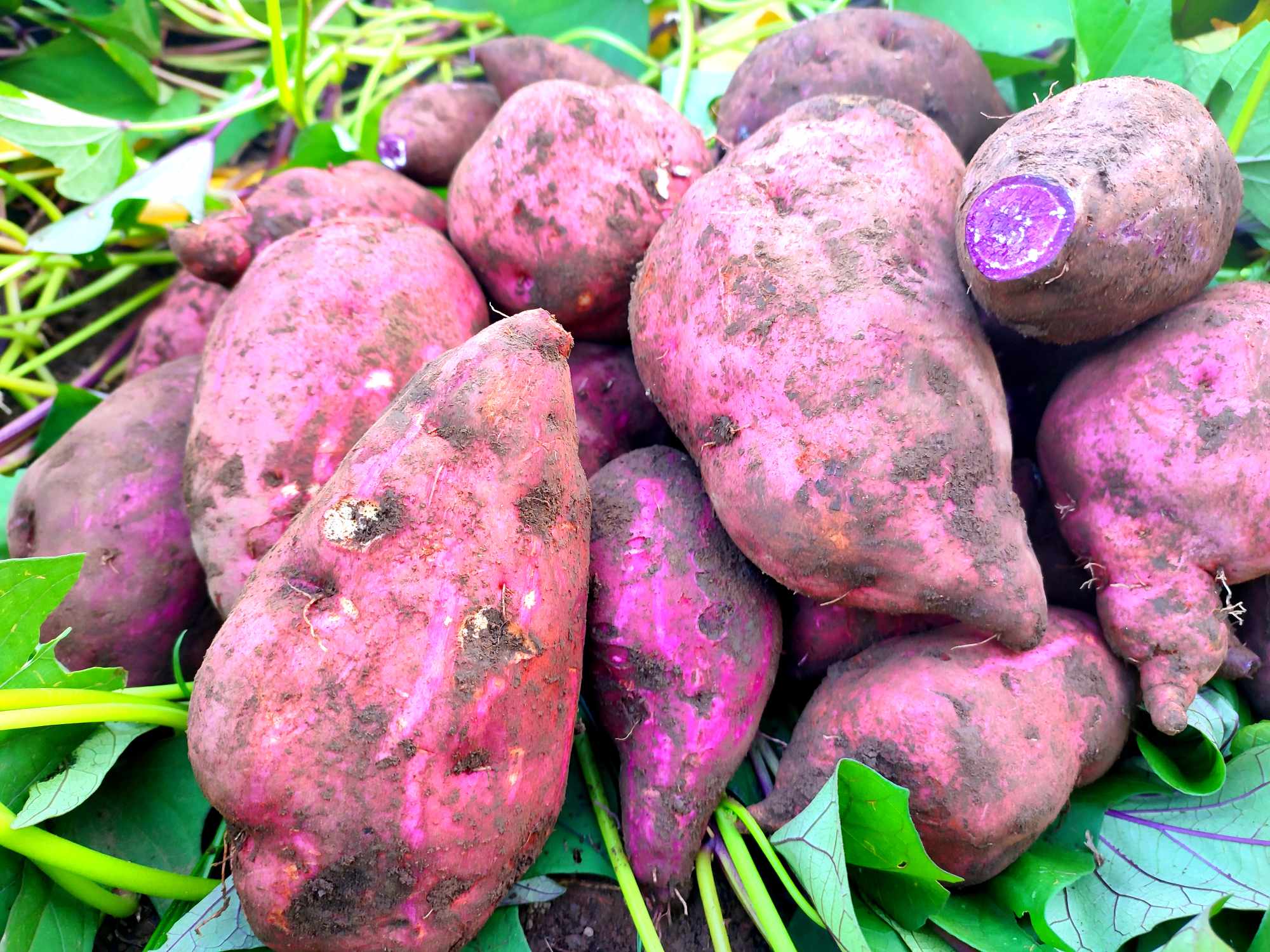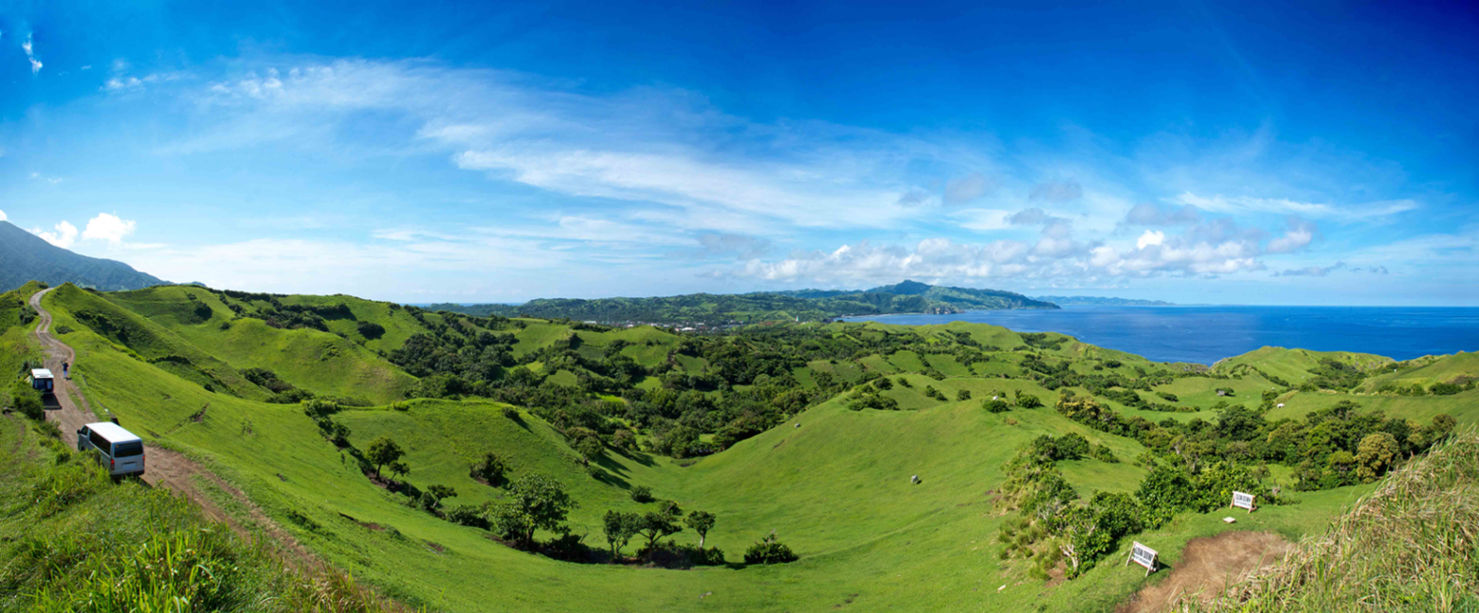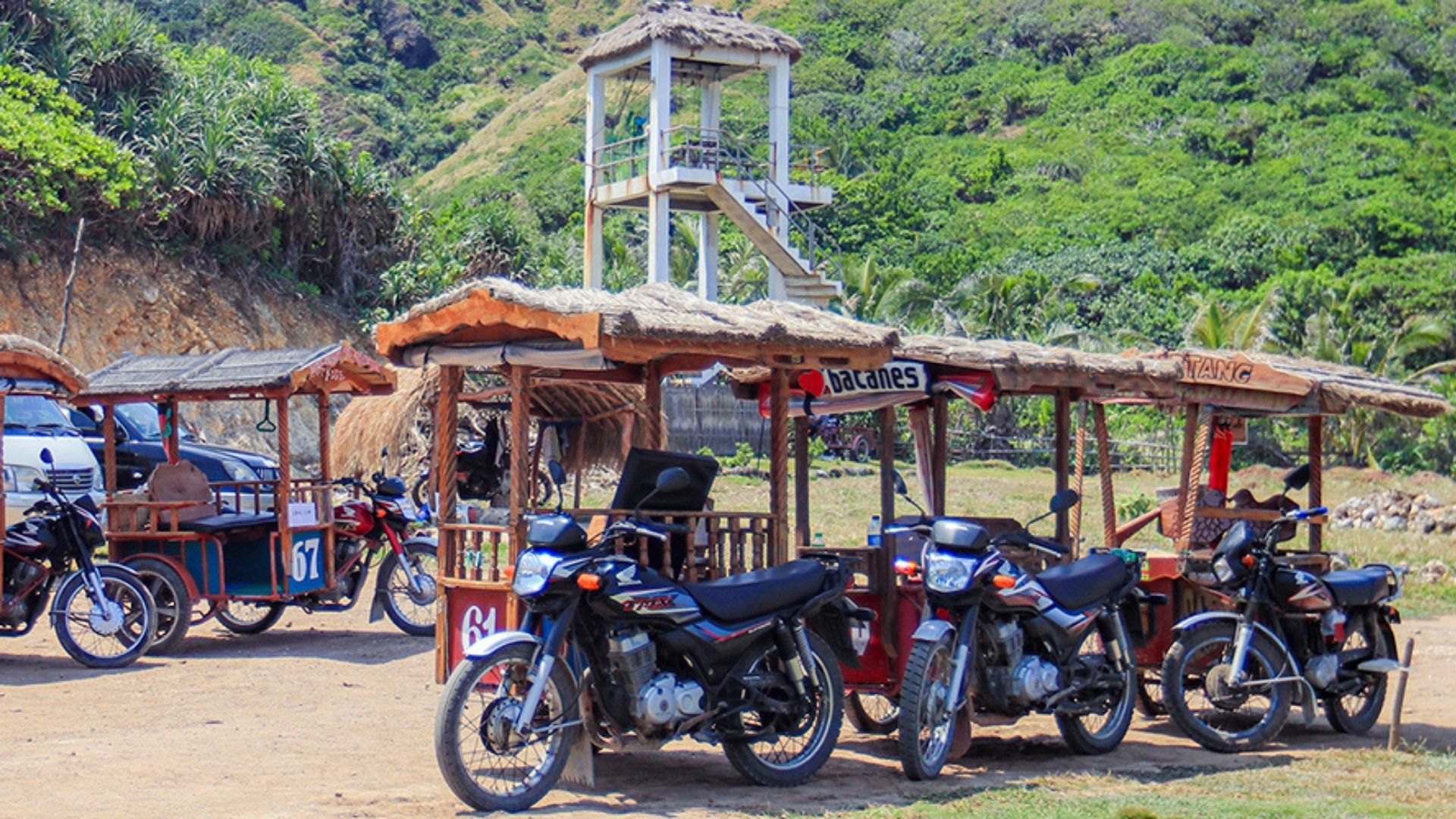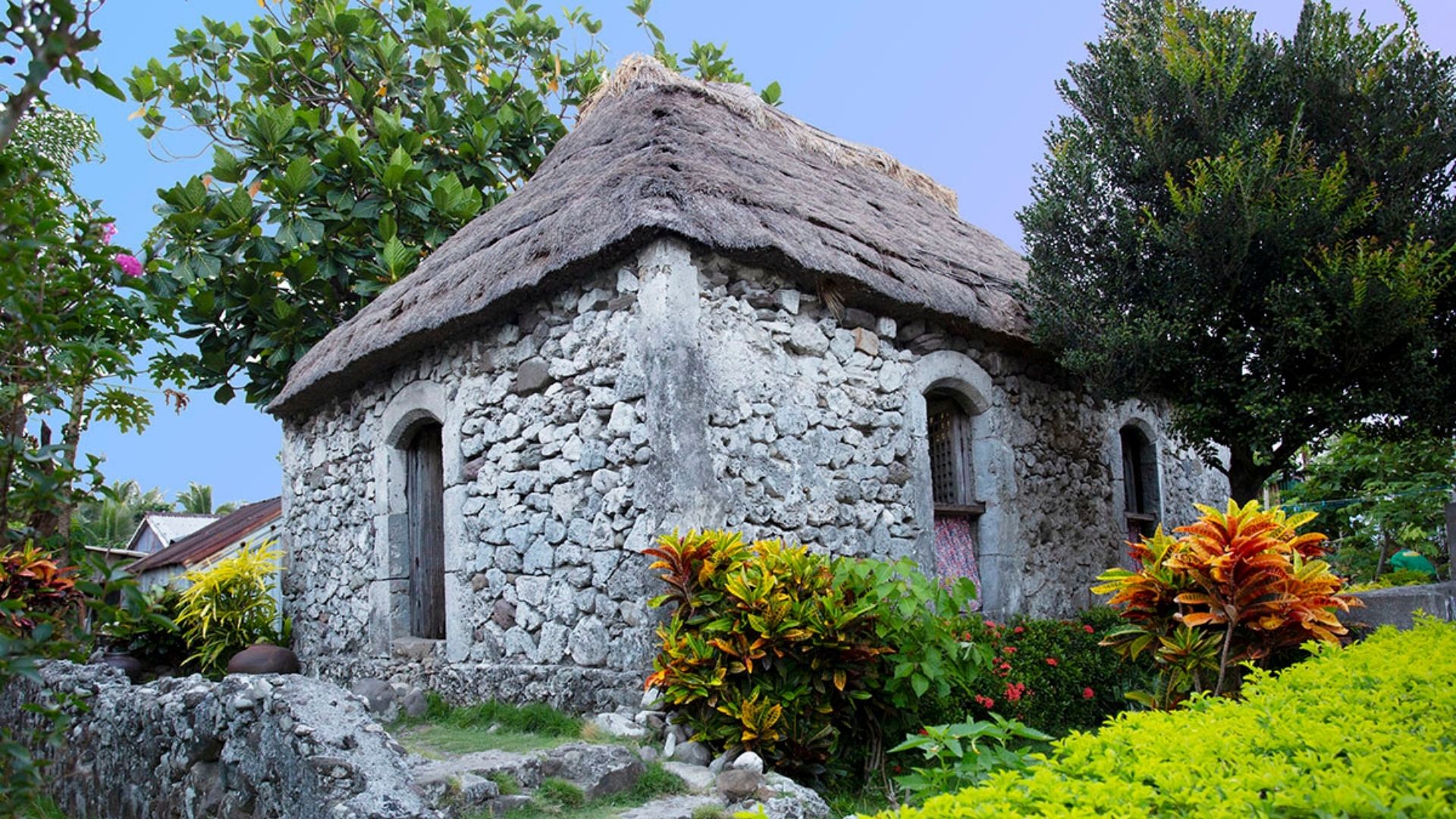Discovering the beauty of Batanes, TPB's must visit of the month
A dreamy visit in Batanes
By MB Lifestyle
Despite being the smallest province in the Philippines, with a land area of 230 square kilometers, Batanes offers tourists a vast array of its rich cultural heritage and breathtaking landscapes. Batanes is the dream destination of many travelers, including local and international tourists, who look forward to seeing the majestic landscapes and what the northern paradise has to offer.
The island province of Batanes was created by a series of volcanic activities and other geologic forces when Mt. Iraya erupted around 325 BC. It is located in the northernmost part of the country where the Pacific Ocean and the West Philippine Sea meet; and consists of a total of eleven islands, including its three largest, the Batan, Sabtang, and Itbayat Islands being the only ones inhabited and most visited by tourists.
Batanes is known for its scenic coastline and terrain, and also called the Home of the Winds. Here’s why Batanes is one of the top dream destinations in the Philippines, and discover the beauty of its culture.
Navigating the way to Batanes
The province of Batanes is an archipelago located in the region of Cagayan Valley. Traveling from Manila to Batanes by air will take about one hour and 30 minutes, while it can take up to 10 hours of travel by car.
Currently, only Philippine Airlines offers a direct flight from Ninoy Aquino International Airport (NAIA) or Clark International Airport to Basco Airport in Batanes. Philippine Airlines has one daily flight from Manila, while it has a few flights per week from Clark. The roundtrip plane tickets start from P10,000, depending on the passenger classification.
Travelers who would like to have a connecting flight may also book a flight from Tuguegarao Airport to Basco Airport. Plane tickets from Sky Pasada cost around P6,000 per way, and they have one regular flight daily from Tuguegarao City, Cagayan to Basco, as well as three times a week from Calayan Island to Basco.
Tasting the bests of Batanes
Exploring the scenic view and majestic landscapes of Batanes are best paired with the delicate and authentic Ivatan cuisine. Batanes, being located up north, is a secluded island. Because of that, the Ivatans were able to develop sustainable indigenous practices including ways to preserve seafood and agricultural yields.
One of their preservation techniques is the Kulay, an Ivatan word that means sun and air-drying. Despite being introduced to modern ways of preservations, the Ivatans still use Kulay to preserve freshly caught fishes like Arayu. The Arayu fish is also called the mahi-mahi or golden dorado due to its golden color slightly mixed with hues of blue and green.
Harvesting the Arayu is also a part of their sacred tradition, where the Ivatans believe that it will protect them from the sea and give them a bountiful catch.

Tourists must not leave Batanes without trying the Tabtab (or Uved). It is the Ivatan’s version of meatballs and one of their comfort foods. It is made of finely grated corn mixed with ground meat, which can be beef or pork, and minced fish.
Another Ivatan delicacy that people should not miss out on is the Wakay, it’s a locally-grown sweet potato which is the most common root crop in Batanes along with yam and taro. The Ivatans eat and serve it steamed, smoked, or even grilled, and best to be paired with coconut cream. Wakay was also taken to another level because they now have the Wakay donuts and the Ivatan Beer, which has become a symbolic product of Batanes.

Experiencing the serenity of Batanes
Tourists may enjoy their trip to Batanes by experiencing the serene and tranquil paradise of the island. Exploring the green pastures and untouched beauty of Batanes starts with trekking the Naidi and Vayang Rolling Hills.
The Basco Lighthouse, an iconic landmark, stands atop the Naidi Hills. The name “Naidi” has origins in the Ivatan language, with “Na” meaning past, and “Idi” denoting a place of settlement. From this viewpoint, we can gaze upon the picturesque Baluarte de Bay and Basco Town, as well as take in the majestic sights of Mt. Iraya and the rolling hills of Batan Island.
Additionally, the Vayang Rolling Hills are one of the most lovely sights in Batanes. It is the perfect spot not just to relax and unwind but also to feel the fresh winds of the province with the majestic view of Mt. Iraya, overlooking the Batan, Sabtang, and Itbayat islands. The best time to visit is around 5 p.m., in time for a perfect sunset view.

Getting around Batanes by land will be easier with the Cogon-Tricycle Tour. It is one of the cheapest ways to roam around the island. The typical Filipino tricycle was developed and innovated to symbolize the Ivatan culture of the Ivatan stone houses where the roof of the tricycle is made of Cogon grass. Renting a Cogon-Tricycle costs P20 to P30 for a point-to-point trip around Basco.

In order to experience the traditional and cultural way of living in Batanes, one must not forget to visit the famous stone houses which were built to withstand natural calamities and are a symbol of the Ivatans’ strength. Built in 1887, the House of Dakay is the oldest surviving Ivatan stone house that withstood a strong earthquake that hit the island in 1990 and is also considered a UNESCO Heritage Building. The heritage houses of Batanes are made of stone, lime, wood, and a thatch roof made of cogon grass designed to withstand harsh weather conditions.

The province of Batanes may be isolated due to its location, but for this reason, it is able to offer tranquil and soothing scenery that relaxes and calms tourists upon their visit. Its dreamlike landscapes, mesmerizing beaches, and cultural wonders are enough to entice anyone to come back not just once.
To stay up-to-date with what Batanes offers, make sure to download the Tourism Promotions Board PH travel app for Android, iOS and HUAWEI AppGallery. This useful guide offers interactive maps, insider tips, and exclusive discounts for your travels.
Batanes is not just a faraway island; it is a place of picturesque scenery and cultural heritage waiting to be discovered. Visit Batanes and experience a dream come true moment with its pristine beauty and rich culture.